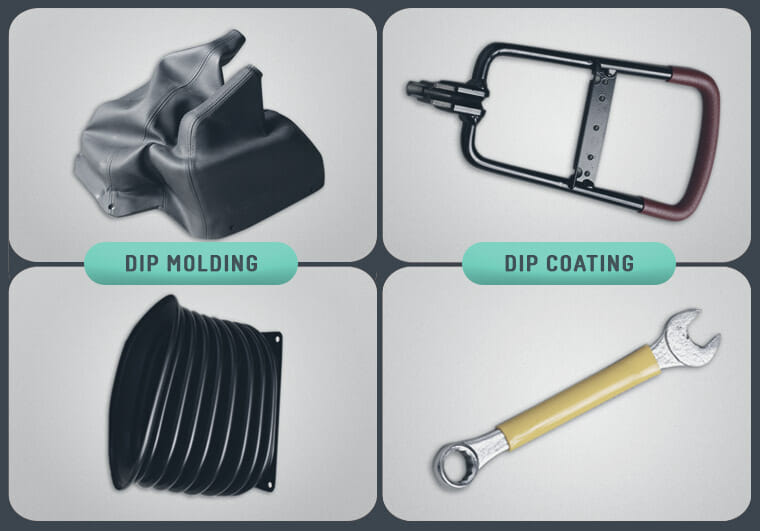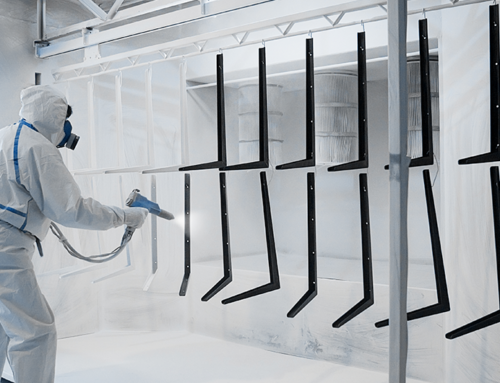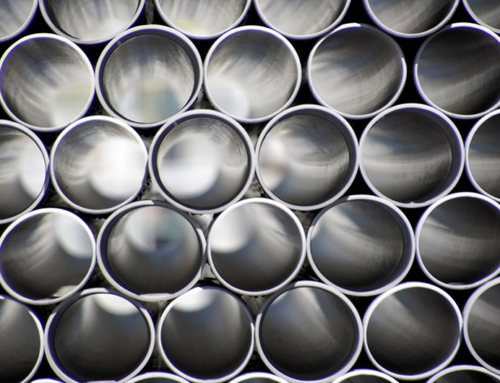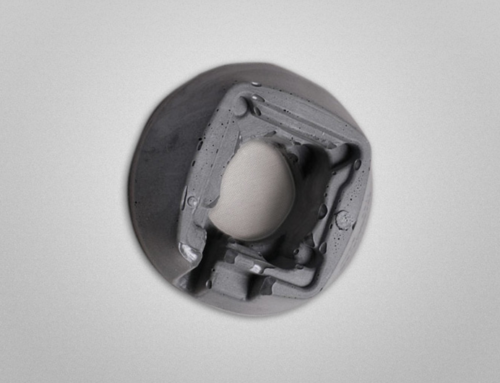In today’s manufacturing environment quality must be top-notch, costs must be low, and production must be efficient. A finished product must perform to all specifications with ease, and look good while doing it! Enter dip molding and dip coating – two manufacturing processes which sound similar, but are unique in the manner in which they fulfill the expectations above, and solve different problems.
What is dip molding?
Dip molding is the process of dipping a metal form (or tool) into a coating material to create an elastomeric component (AKA rubber part.) The metal form is immersed into a liquid material such as PVC, neoprene, or polyurethane. Using MWR’s engineered process, the material is fused and then removed from the tool. This is a process where the form is a core without a cavity. There are also some shapes that are made by using a form that is a cavity without a core.
What does dip molding produce?
Many types of parts are manufactured using a dip molding process, benefitting a number of industries, such as the medical field, agriculture/construction and the military. Common applications include gear shift boots, convoluted boots, tubes and sleeves, winter windshield wiper hoods, inflatable cushions, caps, seals and bellows.
What problems does dip molding solve?
Because it allows for smaller production runs, the dip molding process can be cost effective and a time-saver. Dip molded parts can withstand a wide range of temperature changes and frequent disinfecting because their surfaces are soft. They can also be part of anti-vibration solutions, reducing wear and tear on machinery (and their operators!). A broad range of thicknesses can be achieved using dip molding, which means even the most specific requirements can be accommodated.
What is dip coating?
In the dip coating process, a part is first prepared, then dipped into a coating material (similar to those used in dip molding) and fused to “set” the coating, ensuring it adheres to the metal part it’s covering.
How is dip coating used?
Dip coating is particularly useful in the medical, automotive, consumer goods and electrical industries. It’s a great way to quickly round off and soften edges and corners. Dip coating is frequently used for handles and levers, tools, furniture, electrical insulation, outdoor play equipment, cushion covers and medical instruments.
What problems does dip coating solve?
Dip coating is a great choice for a number of reasons. In addition to providing an attractive finish that is pleasing to the eye and comfortable to the touch, it protects the metal components beneath it from abrasion and corrosion, provides impact resistance, and is available in a variety of colors, gloss levels and surface textures. Thickness and hardness can be highly customized to suit the specific need. As with dip molded products, in medical applications the dip coating process seals up porosity, can withstand frequent disinfecting and is soft to the touch, helping to keep medical equipment clean, safe and comfortable for patients.
Dip molding and dip coating are two of the many solutions that Midwest Rubber offers. We have developed proprietary processes to fit our customers’ needs, while saving them time and money. Contact us today, and let’s see what our engineers can do for you



